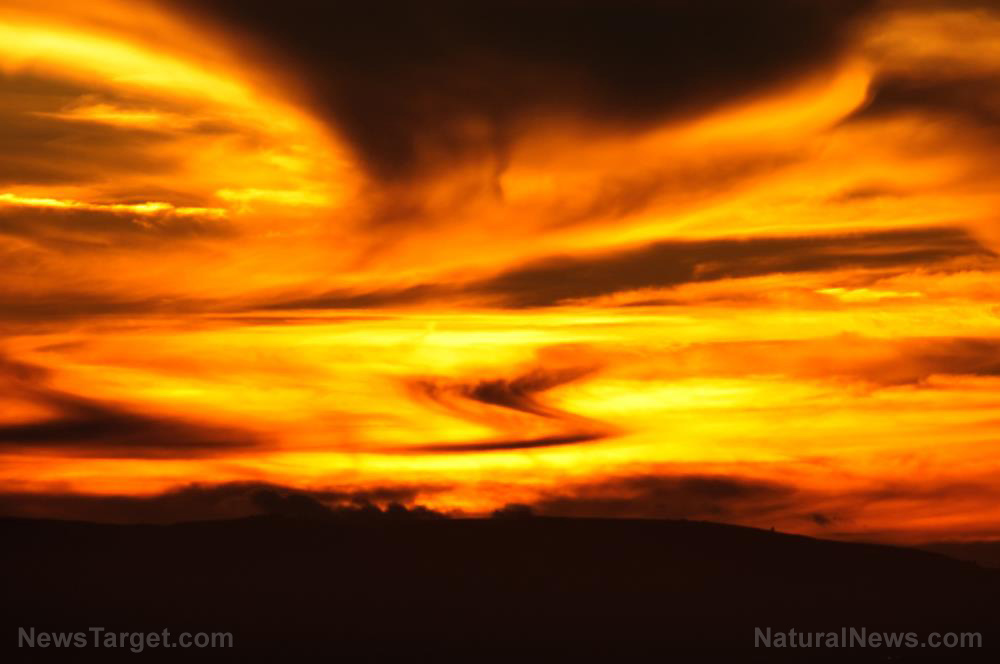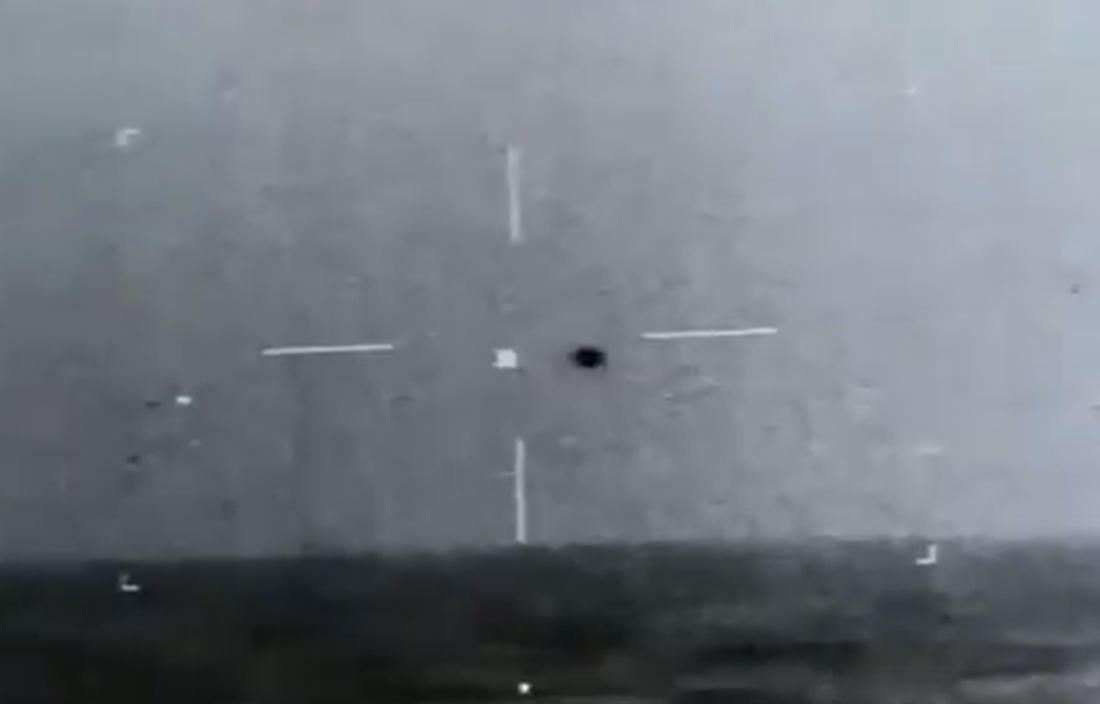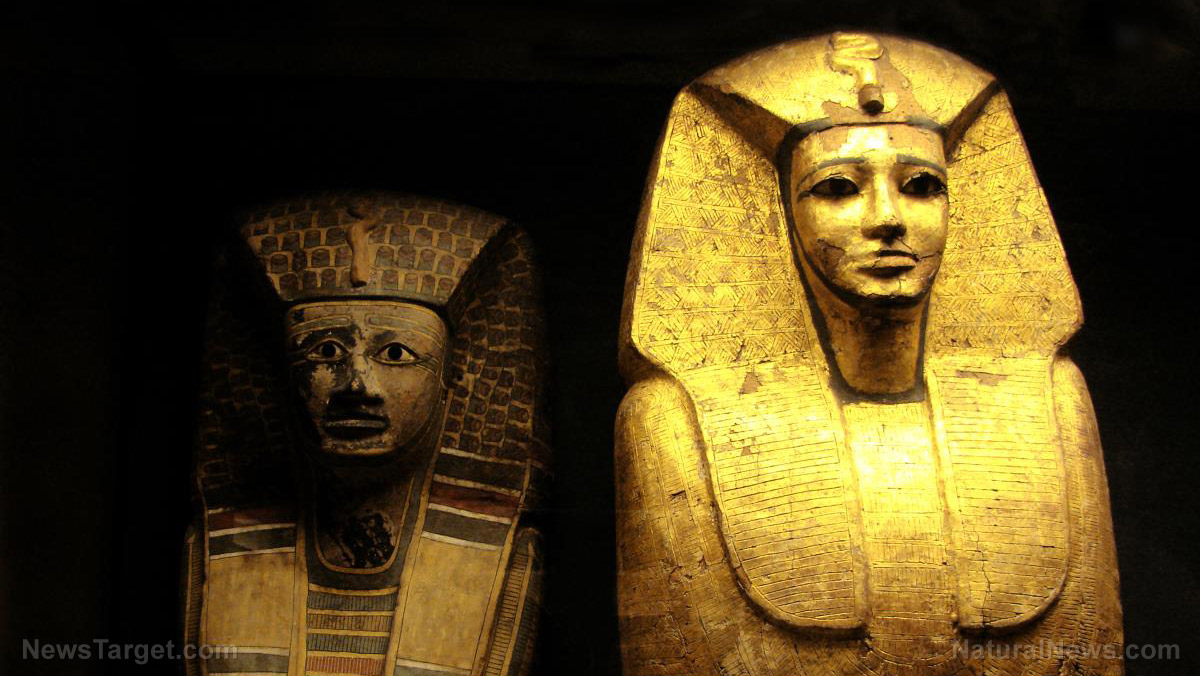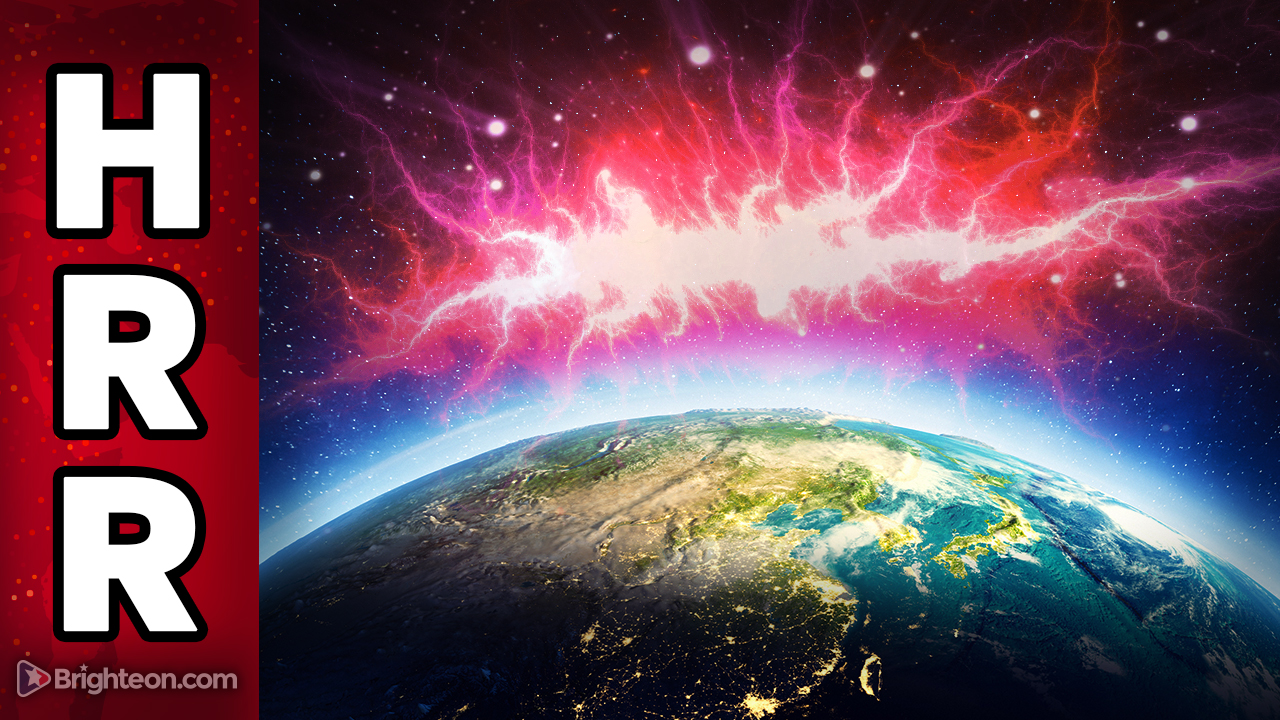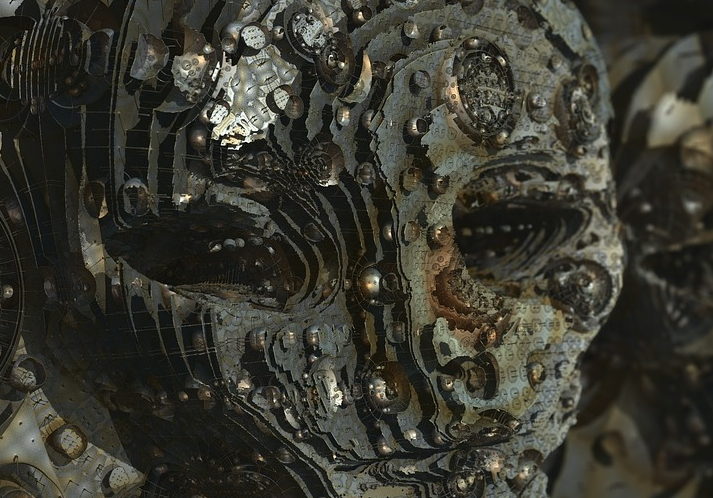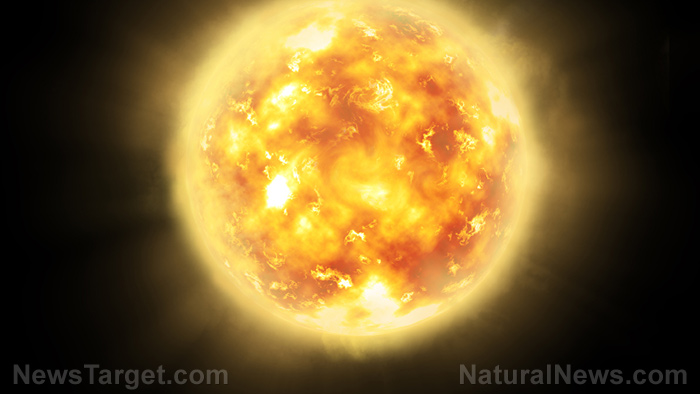Mysterious blobs of radio emissions found floating in space
12/12/2020 / By Virgilio Marin

Astronomers are scratching their heads over ghostly blobs of radio emissions found floating in space last year. Ray Norris of Western Sydney University said that the mysterious blobs, which were dubbed “odd radio circles” (ORCs), weren’t quite like anything known before.
“[We ran] through all the possibilities and conclude these enigmatic blobs don’t look like anything we already know about,” wrote Norris in the Conversation.
The discovery of odd radio circles
Norris’ colleague, Anna Kapinska of the National Radio Astronomy Observatory in West Virginia, spotted the first known blob while browsing new images taken using the Australian Square Kilometer Array Pathfinder (ASKAP) telescope. Kapinska presented her finding during a presentation for the Evolutionary Map of the Universe, a project led by Norris that will image the faintest radio galaxies.
After a few days, astronomer Emil Lenc of Australia’s Commonwealth Scientific and Industrial Research Organisation, the group that owns the ASKAP telescope, found a second radio circle from the same images examined by Kapinska. The shapes were floating in space like a cosmic smoke-ring, according to Norris.
When Norris’ team examined the entire dataset by eye, they found a few more ORCs. They initially thought that the blobs were just imaging artifacts generated by software error but soon confirmed using other radio telescopes that they are real. Until now, however, the researchers still do not have any idea what they are.
“They could be objects in our galaxy, perhaps a few light-years across, or they could be far away in the Universe and maybe millions of light-years across,” said Norris.
While Norris expected that the EMU project will make profound discoveries, he was surprised that they stumbled upon something so quickly and so easily that they did not even have to use a machine-learning system – they simply had to look at the data with the naked eye.
What the odd radio circles are not
While ORCs remain a mystery, the researchers were able to rule out possibilities for what these cosmic objects might be. Norris said that ORCs could not possibly be the remnants of a star gone supernova nor the rings of radio emission produced by intense bursts of star formation. He explained that the ORCs are too many – about 1,000 – and are too far from the Milky Way galaxy to be supernova debris. Also, no galaxy around the blobs is hosting star formation, according to Norris.
ORCs could not possibly be Einstein rings or the clouds of radio emissions caused by supermassive black holes. Einstein rings are the result of gravitational lensing, where the radio waves from a distant galaxy are being bent into a circle by the gravitational field of a cluster of galaxies. However, ORCs are too symmetrical and there’s no such cluster at their centers. Moreover, they are distinctly circular, unlike the tangled clouds seen in radio galaxies, according to Norris. (Related: Understanding massive black hole formation: Researchers believe supersonic gas streams from the Big Bang may provide the answer.)
Norris co-authored an upcoming paper on ORCs, and his team’s thesis is that these mysterious blobs are newly observed objects in space. The blobs, the way Norris sees it, are a cause for excitement. They may be vast shockwaves from an explosion in a distant galaxy, and this explosion may be related to the equally mysterious fast radio bursts or the collision between a neutron star and a black hole, according to Norris.
ORCs might even be the “throats” of wormholes, as suggested by Russian scientists. Wormholes are hypothetical gateways that connect two different points in spacetime, creating a shortcut that reduces travel time and distance. These spacetime bridges consist of two mouths and a throat that connect the two.
Whatever the case, Norris is thrilled that they are dealt with something that might be totally new instead of having to test old theories once again. “Very rarely do we get the challenge of stumbling across a new type of object which nobody has seen before, and trying to figure out what it is,” said Norris.
Read more articles about mind-blowing findings at Discoveries.news.
Sources include:
Submit a correction >>
Tagged Under:
cool science, cosmic, discoveries, Einstein rings, Galaxies, mysterious, outer space, physics, radio waves, Space, supernova, weird, weird science, wormholes
This article may contain statements that reflect the opinion of the author
RECENT NEWS & ARTICLES
Cosmic.News is a fact-based public education website published by Cosmic News Features, LLC.
All content copyright © 2018 by Cosmic News Features, LLC.
Contact Us with Tips or Corrections
All trademarks, registered trademarks and servicemarks mentioned on this site are the property of their respective owners.



